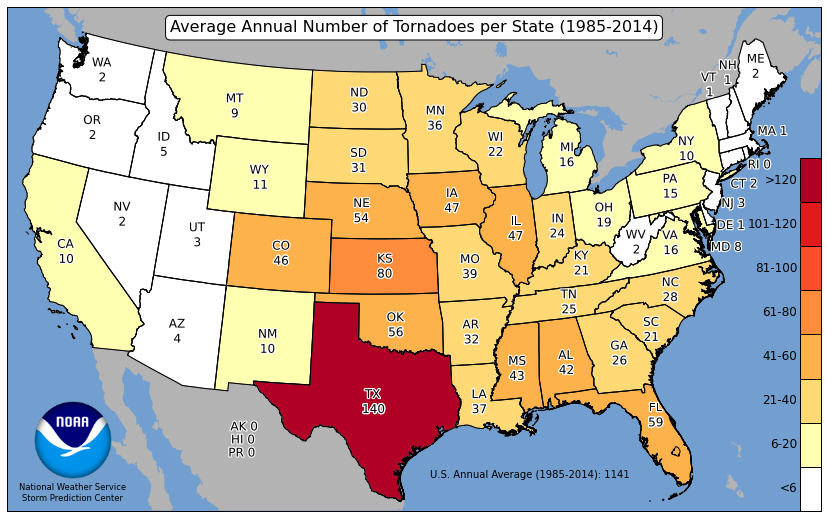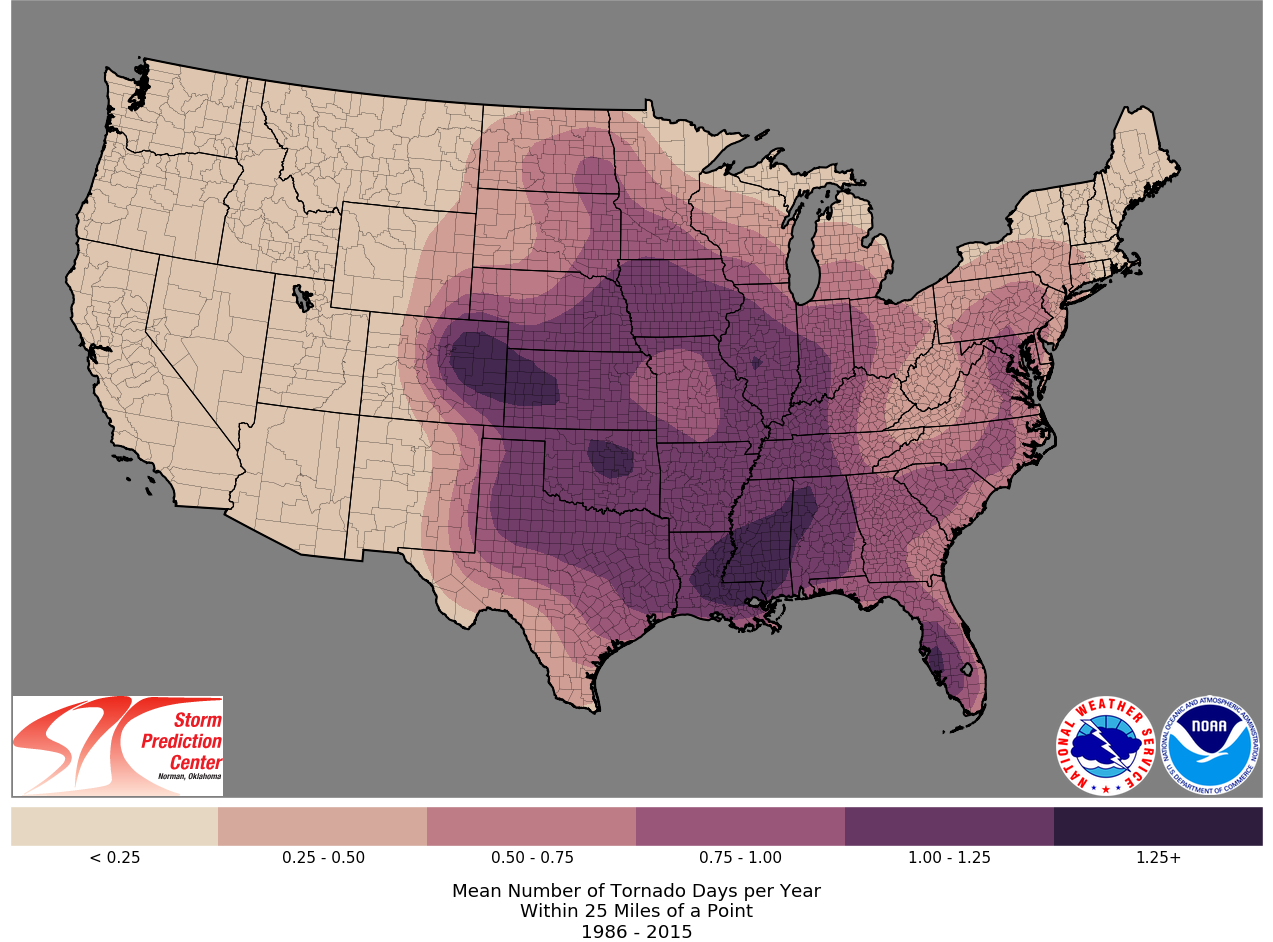What Is Colorado's Tornado Alley? If Live By The DCVZ, You're In It
DENVER (CBS4) - When someone mentions the weather in Colorado most are probably going to think about snow thanks to our beautiful Rocky Mountains. But the reality is Colorado has one of the higher frequencies for tornadoes in the United States with more twisters on average than places known for their tornadoes, such as Mississippi and Alabama.

Most of the tornadoes that touch down in Colorado are in the northeast part of the state, and many of those aren't too far from downtown Denver.
Colorado's two most tornado-prone counties are Weld and Adams, partly due to size, but also because of their proximity to a feature called the Denver Convergence Vorticity Zone, or DCVZ, which functions like a mini tornado-alley.

The DCVZ is something meteorologists and storm chasers pay close attention to once the month of May arrives because it plays a major role in the development of afternoon showers and thunderstorms. It's caused by the interaction of wind patterns and our local terrain, in particular, the raised land between Denver and Colorado Springs, which is known as the Palmer Divide.
RELATED: Tornado On June 7 Touches Down In Weld County, Causes Damage
As warm, moist air flows into the Front Range from the southeast it will rise up and over the Palmer Divide and collide with cooler, drier air flowing off the foothills west of Interstate 25. This collision of air interacts with daytime heating and the terrain to fire up thunderstorms on an almost daily basis during the warm season. In addition, the colliding air creates pockets of spin, or vorticity, which plays a big role in why so many of these thunderstorms can produce tornadoes.

There is another local feature called the Denver Cyclone, which is a small-scale area of low pressure that often develops east of Denver. When this happens it can enhance the converging air along the DCVZ, which in turn, will enhance thunderstorm development. A strong Denver Cyclone will often show up when looping velocity data on radar.
Tornadoes produced along the DCVZ are usually spawned from non-supercell thunderstorms and will have a relatively short life span, often 30 minutes or less. These tornadoes are typically considered weak and don't stay on the ground for more than a few miles. Having said that they are still just as dangerous to life and property as a long-track tornado spawned by a supercell thunderstorm.
This story was originally published in May 2019.




